PHOTO GALLERY
CUCKOOS AND HABITATS FROM PARTNERS
GROW ~
FIND ~
PROTECT ~
MONITOR ~
GROW ~ FIND ~ PROTECT ~ MONITOR ~
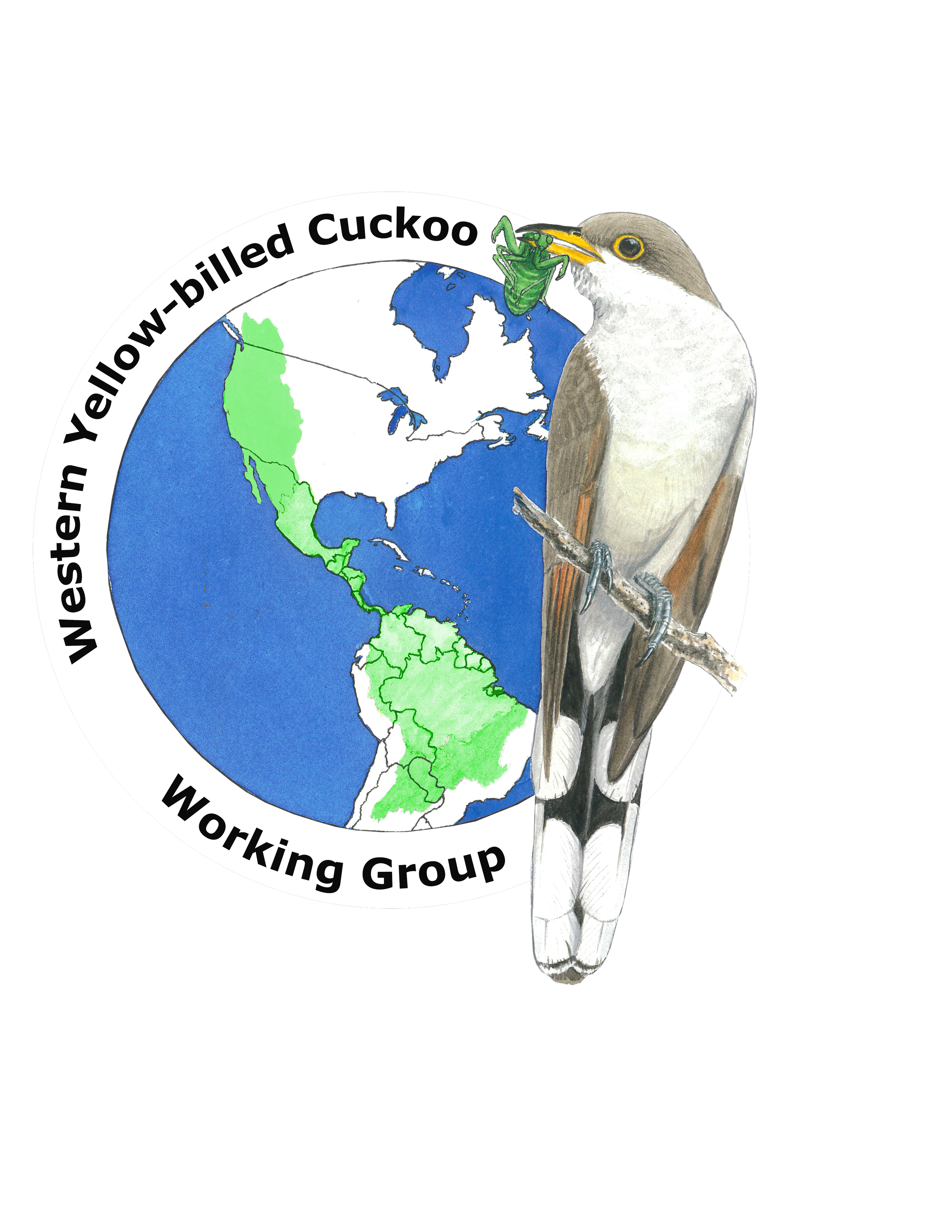

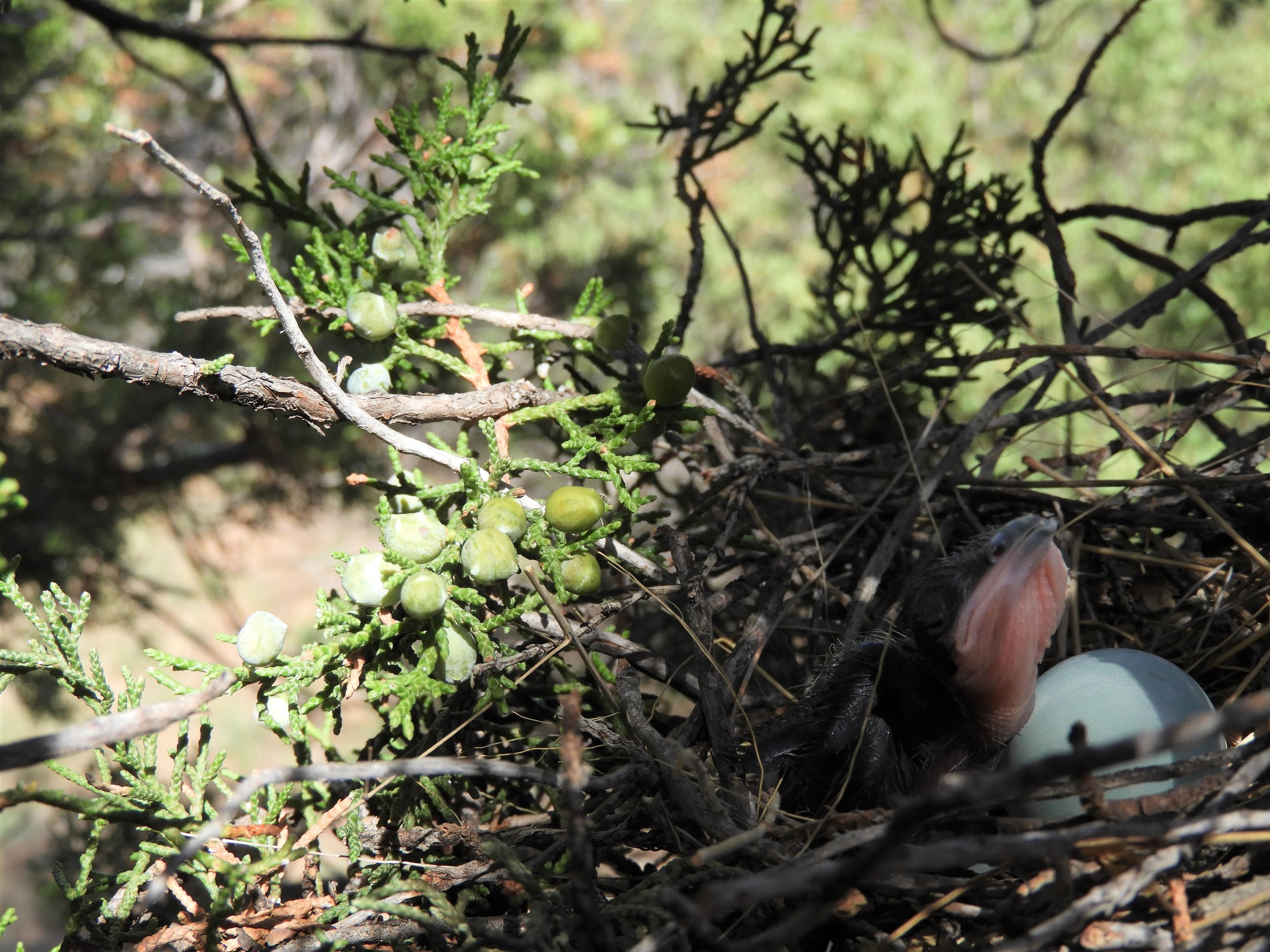
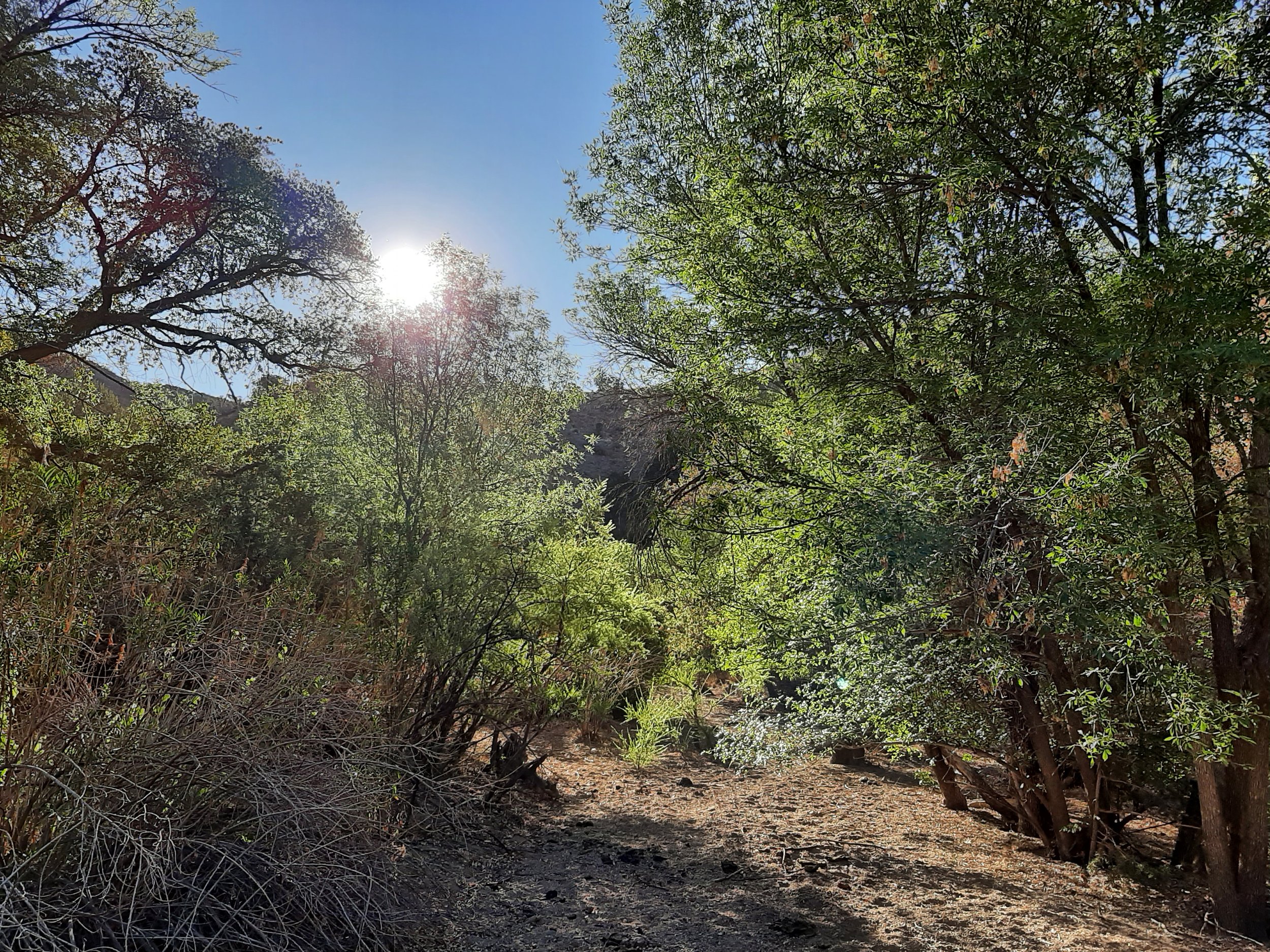
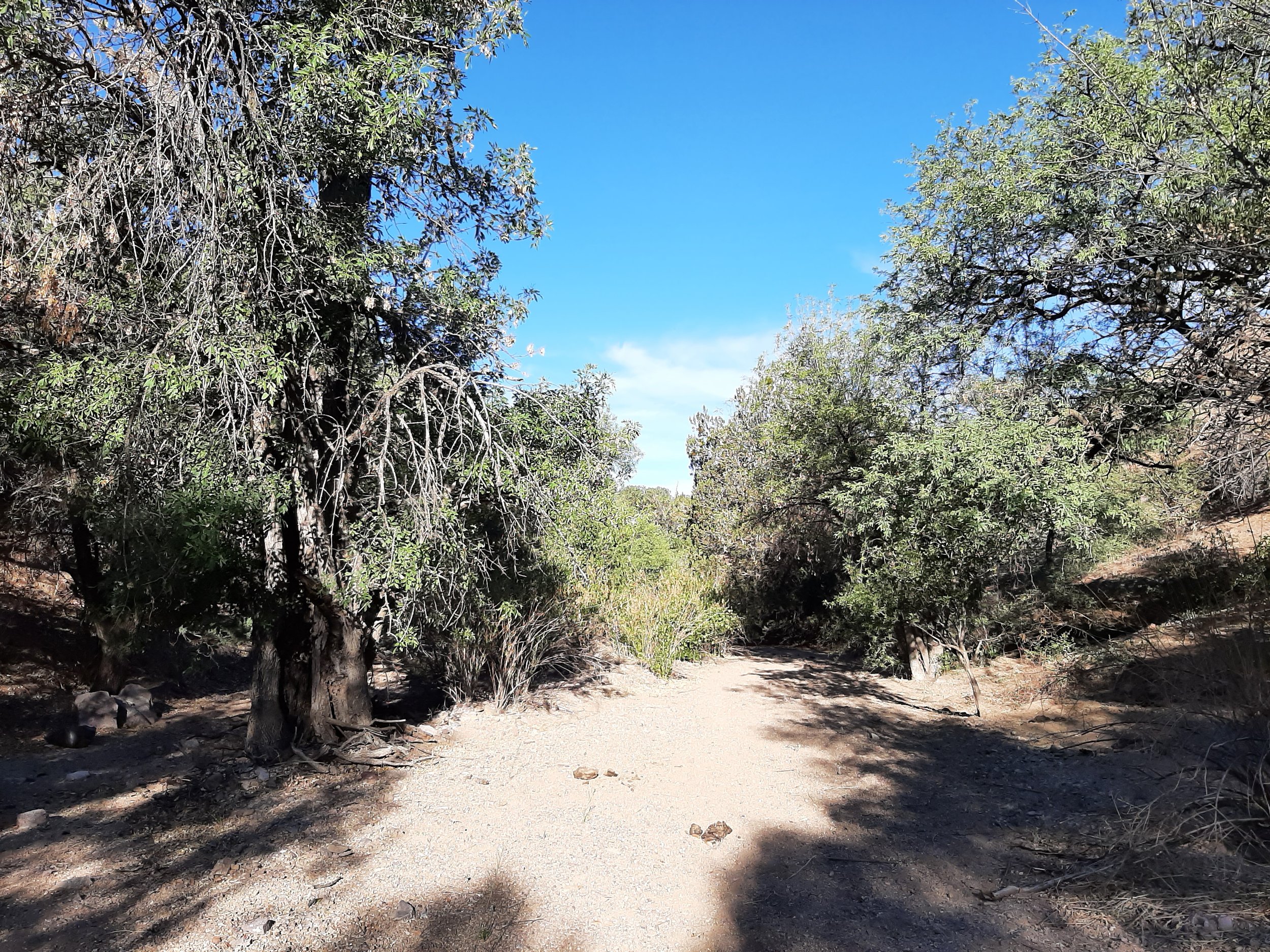
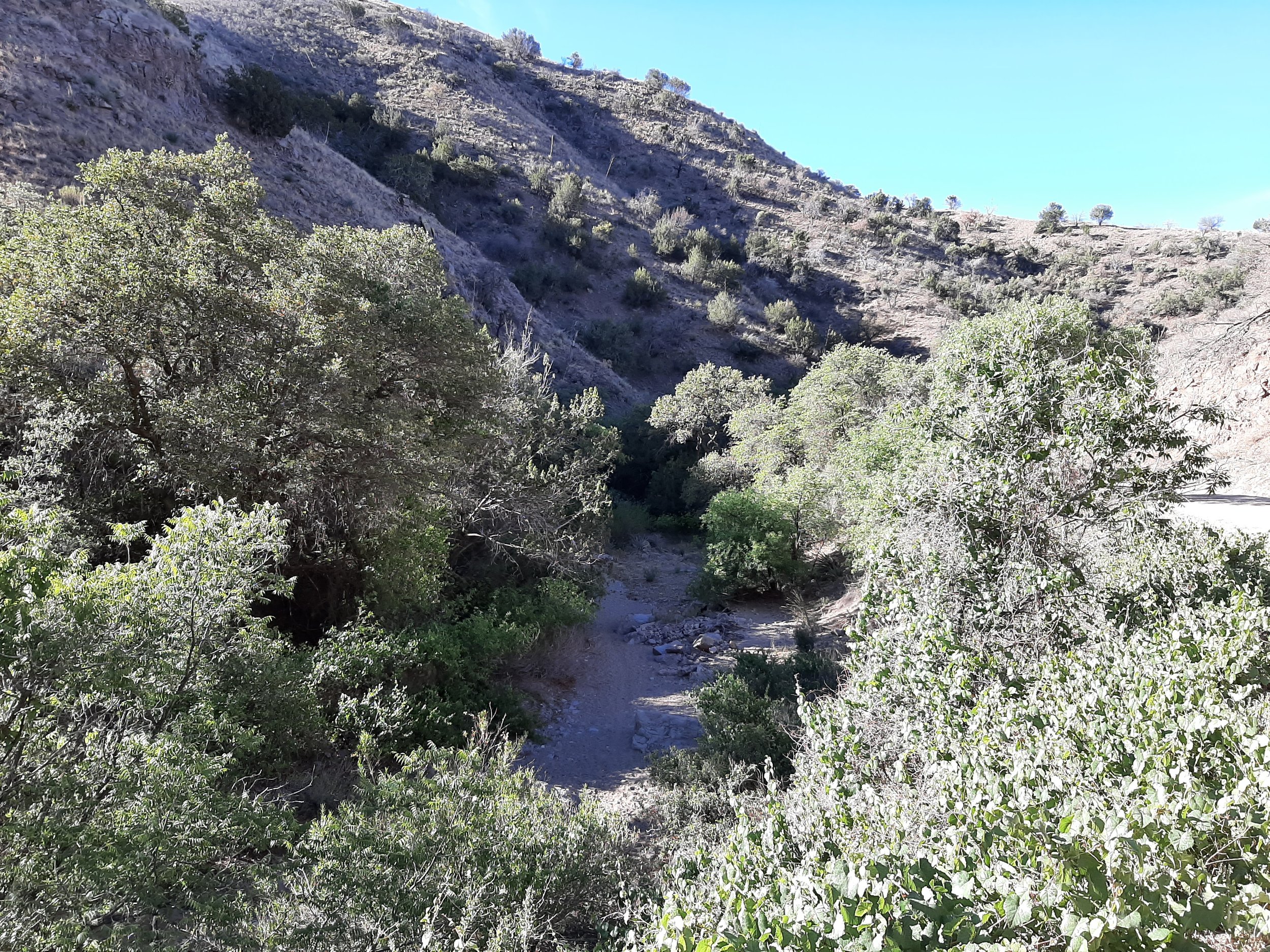
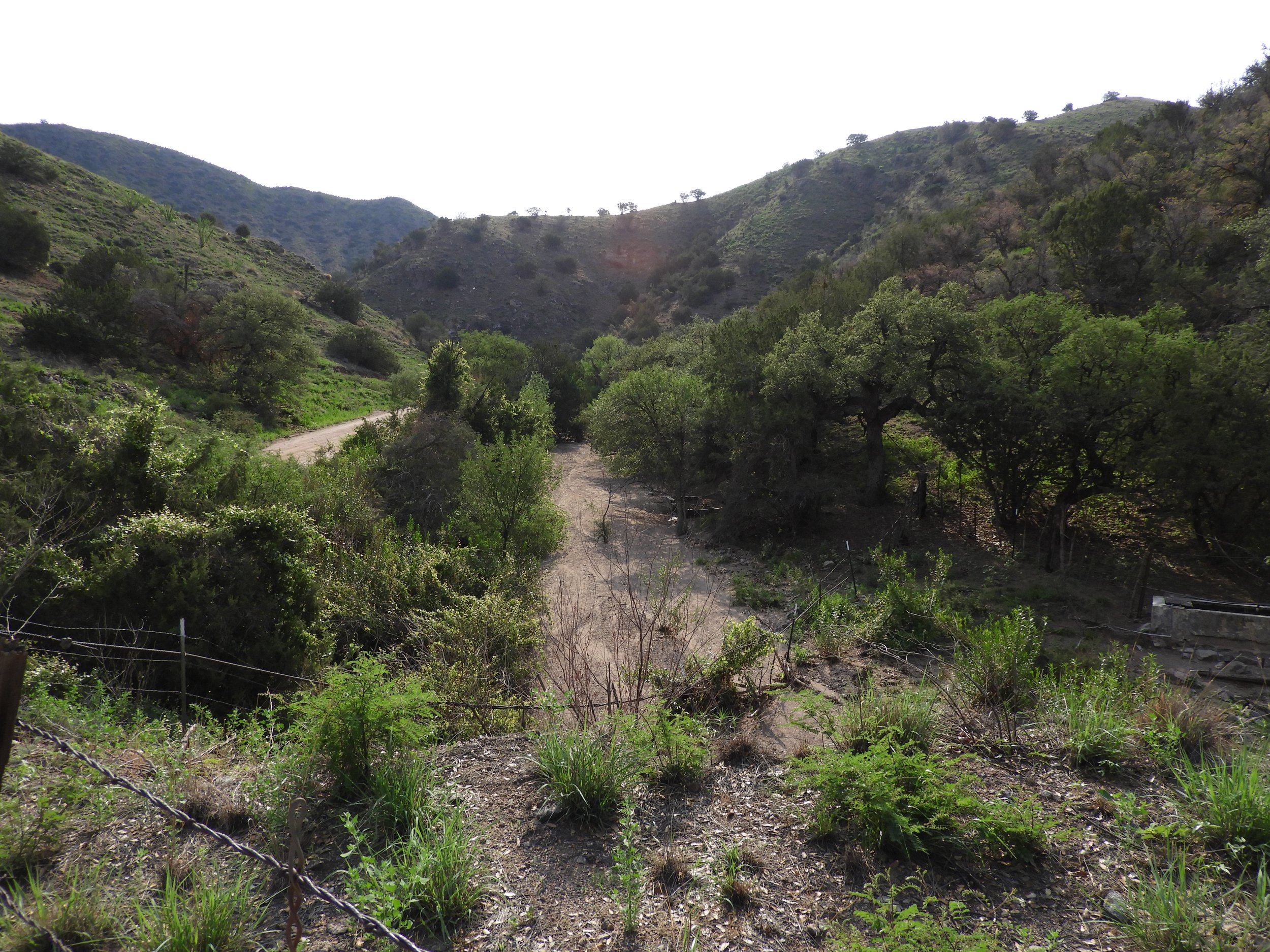











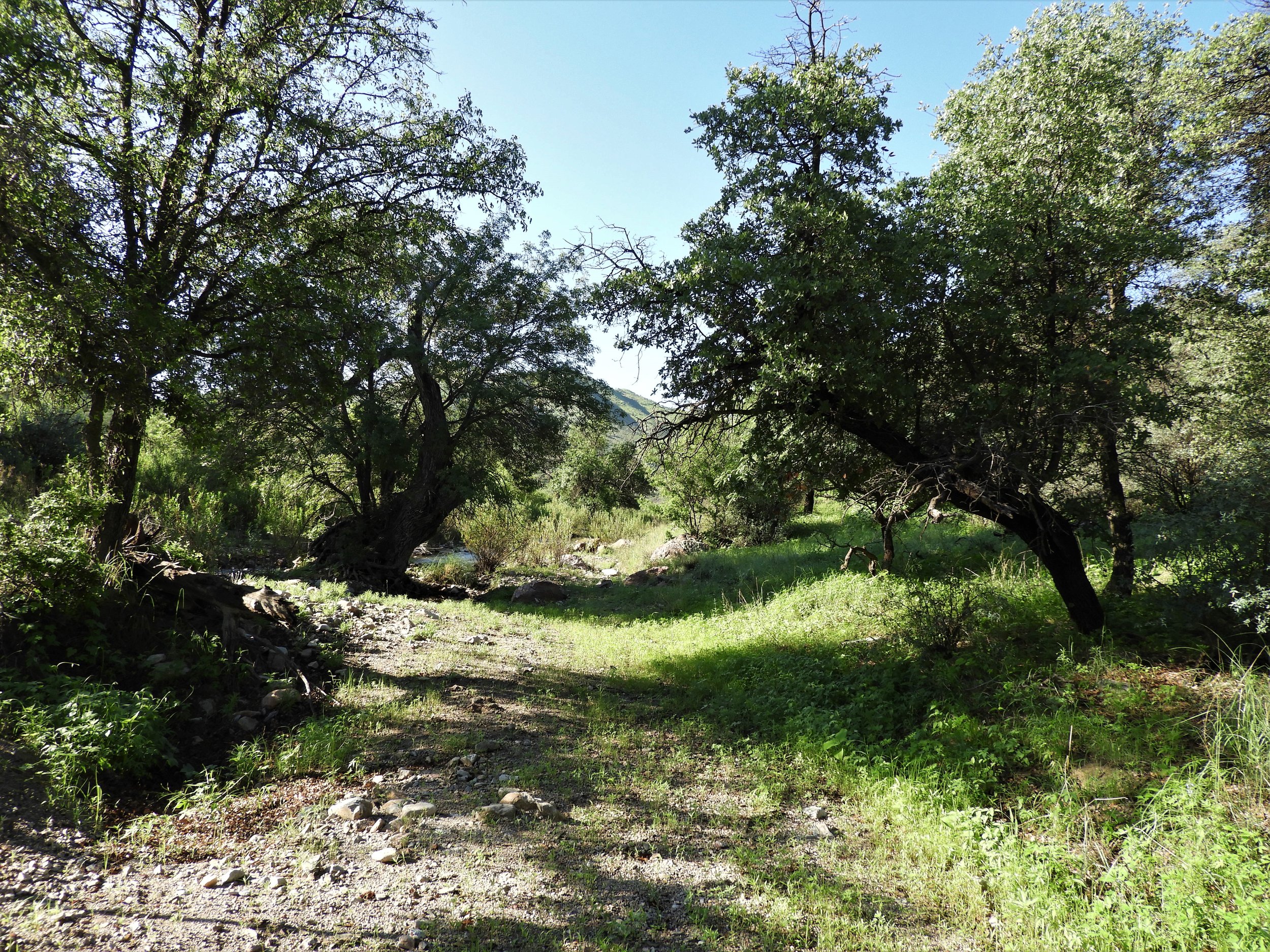


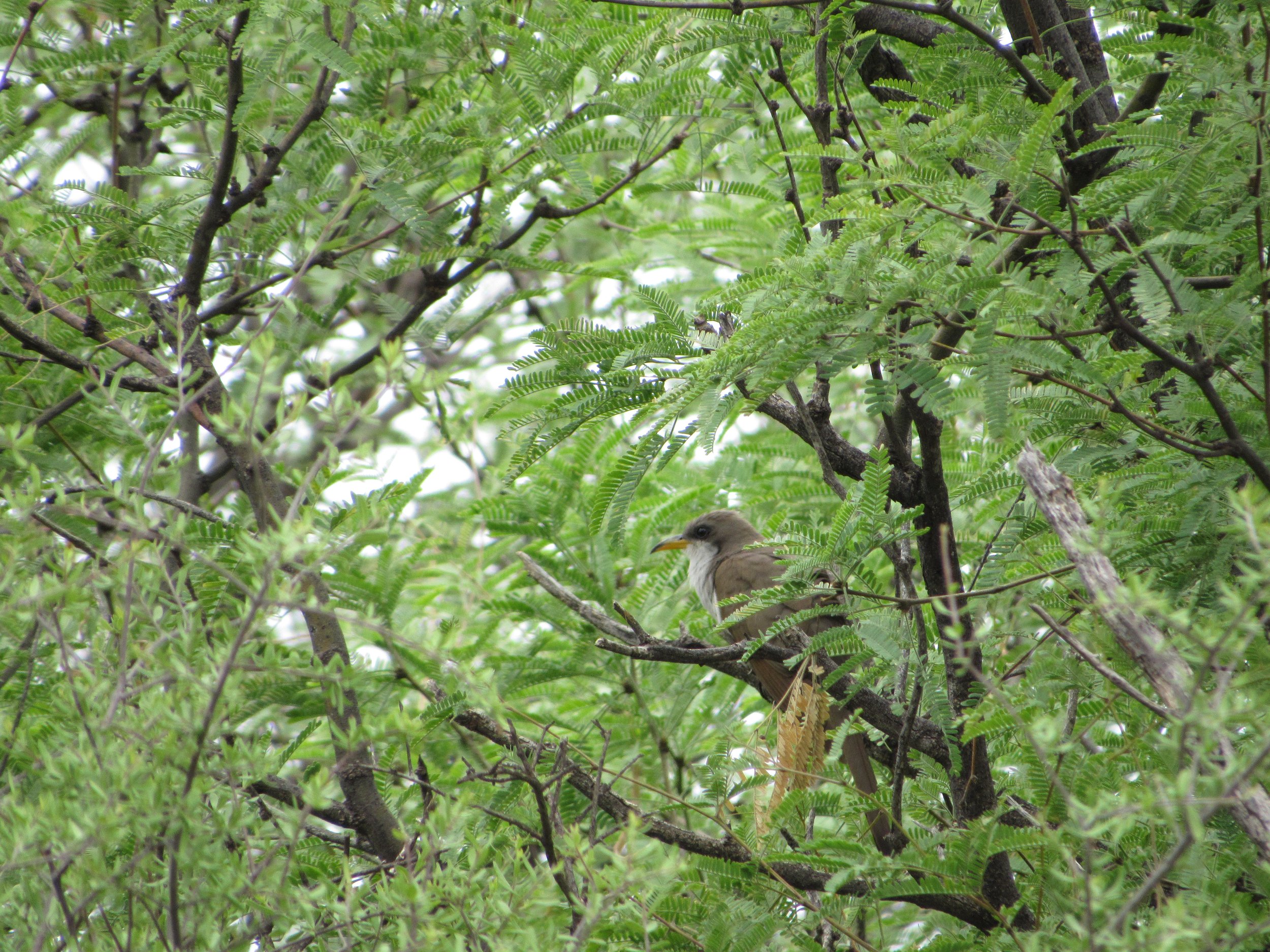


























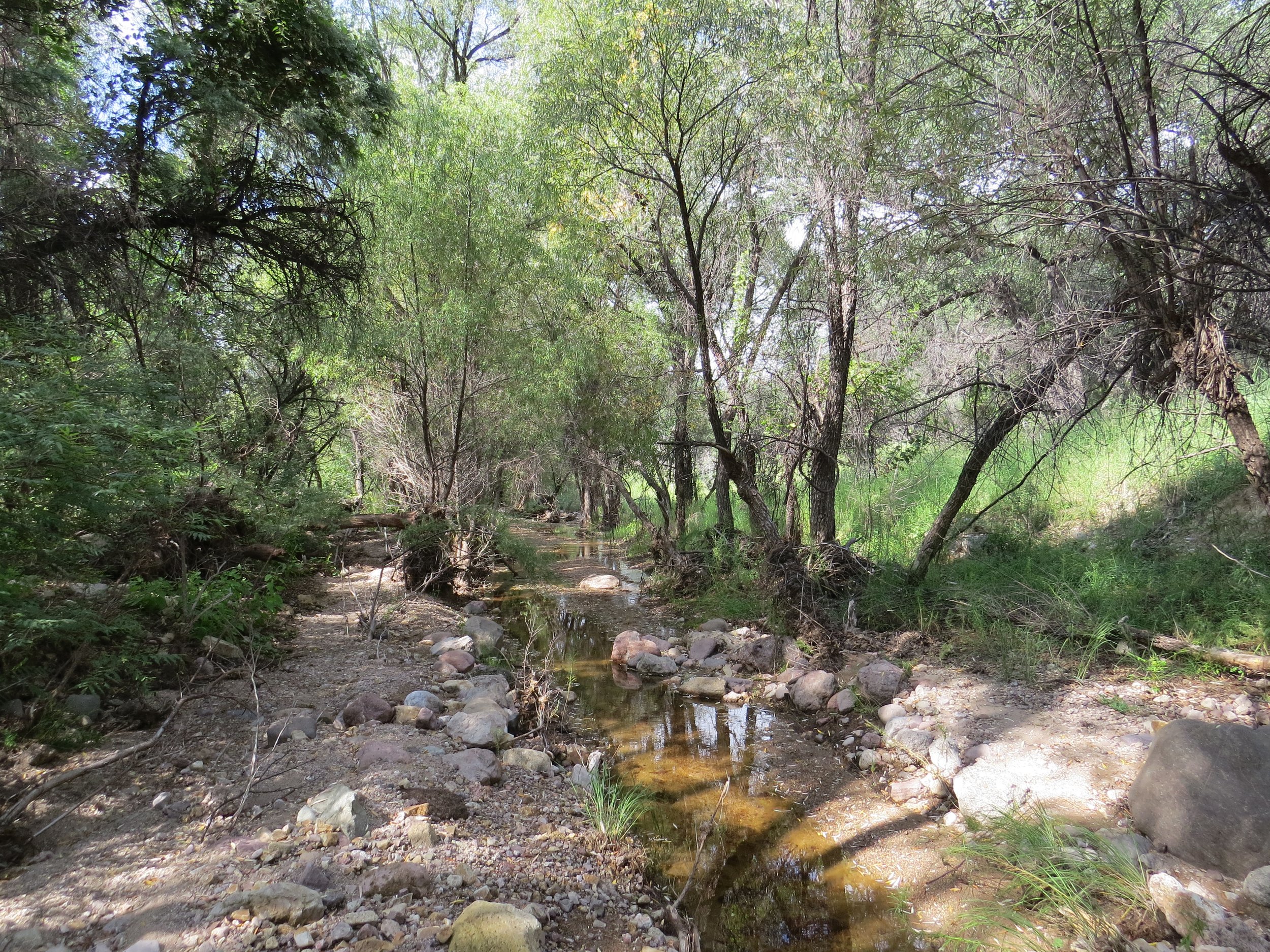



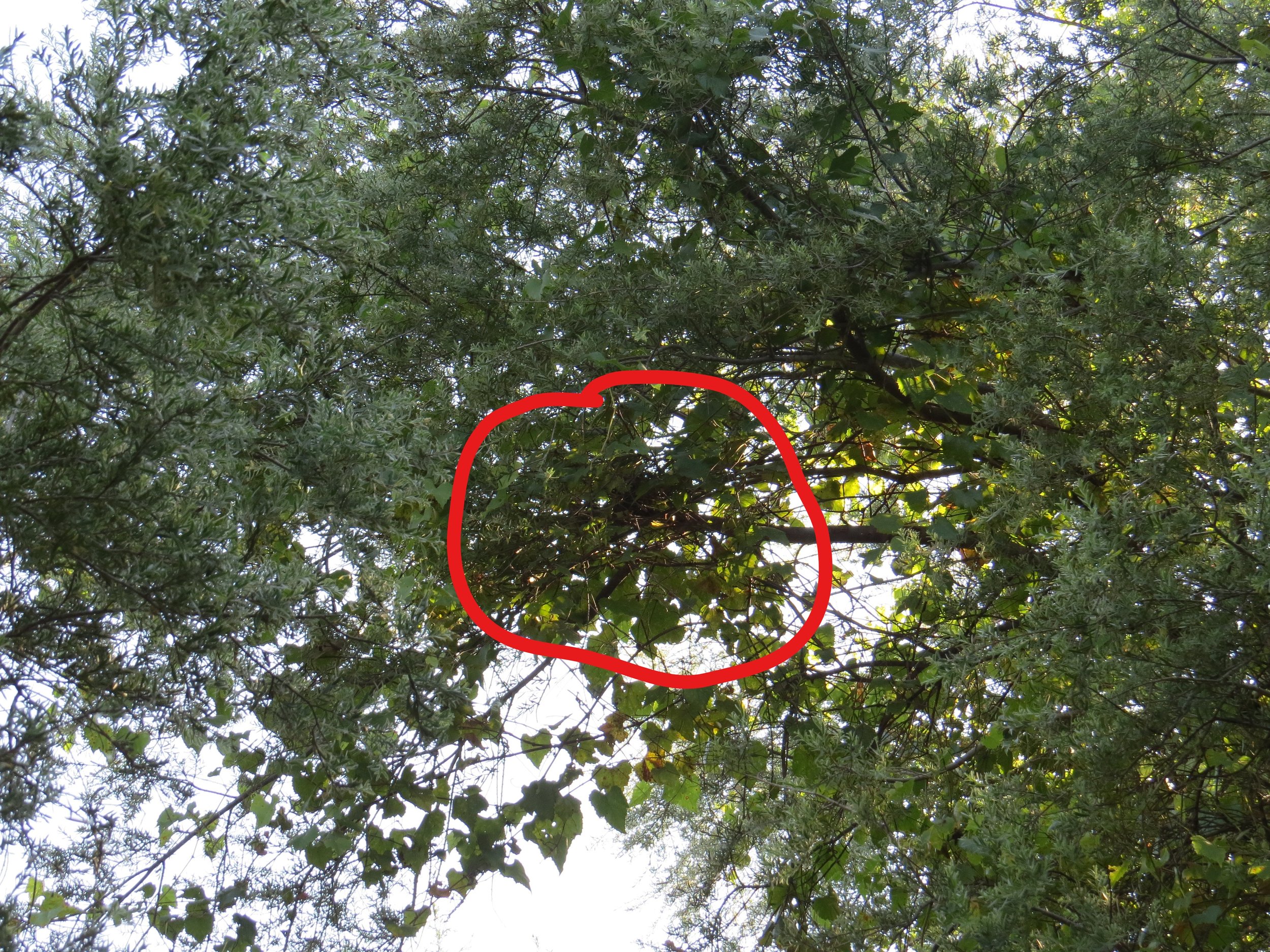
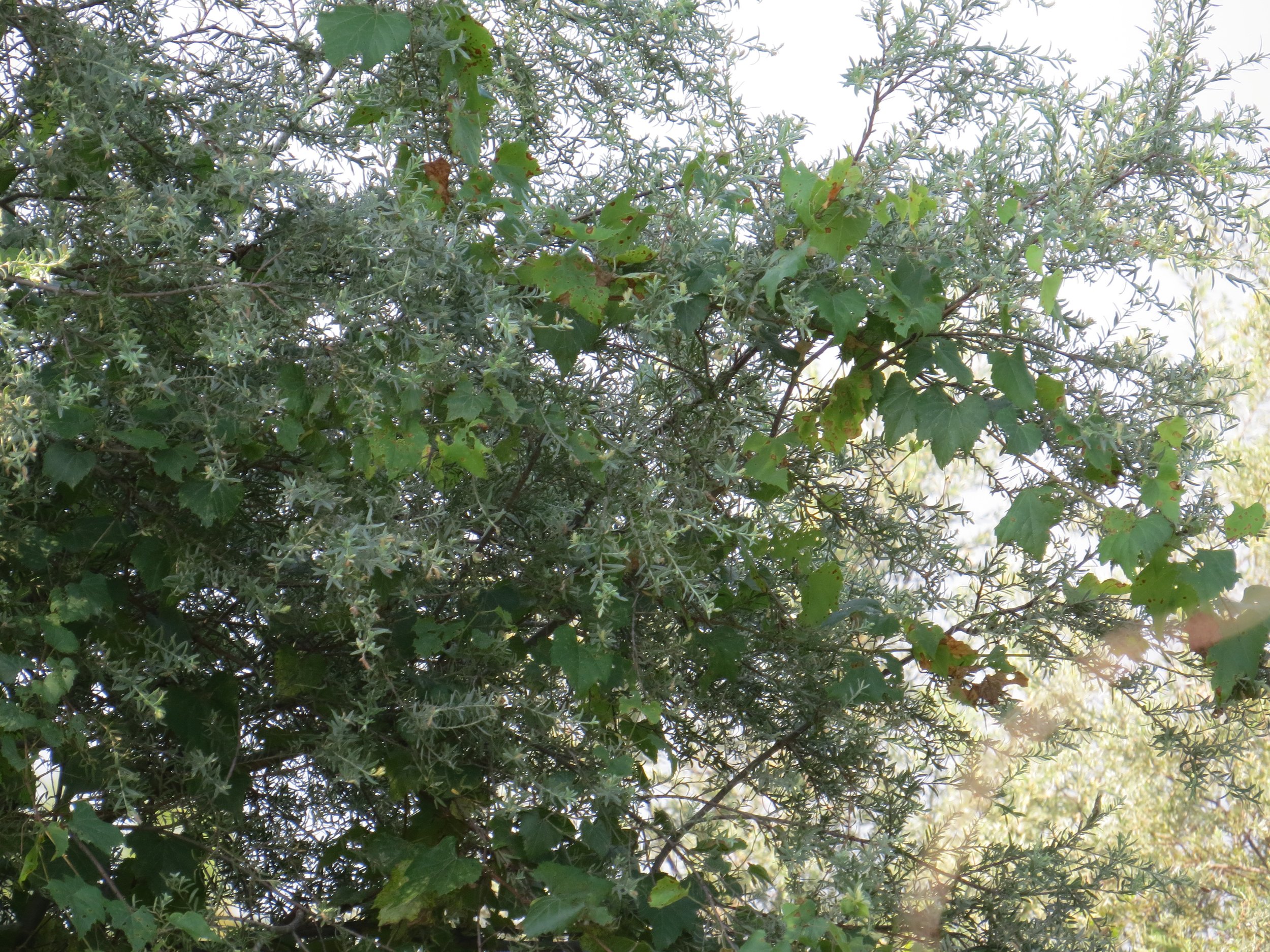






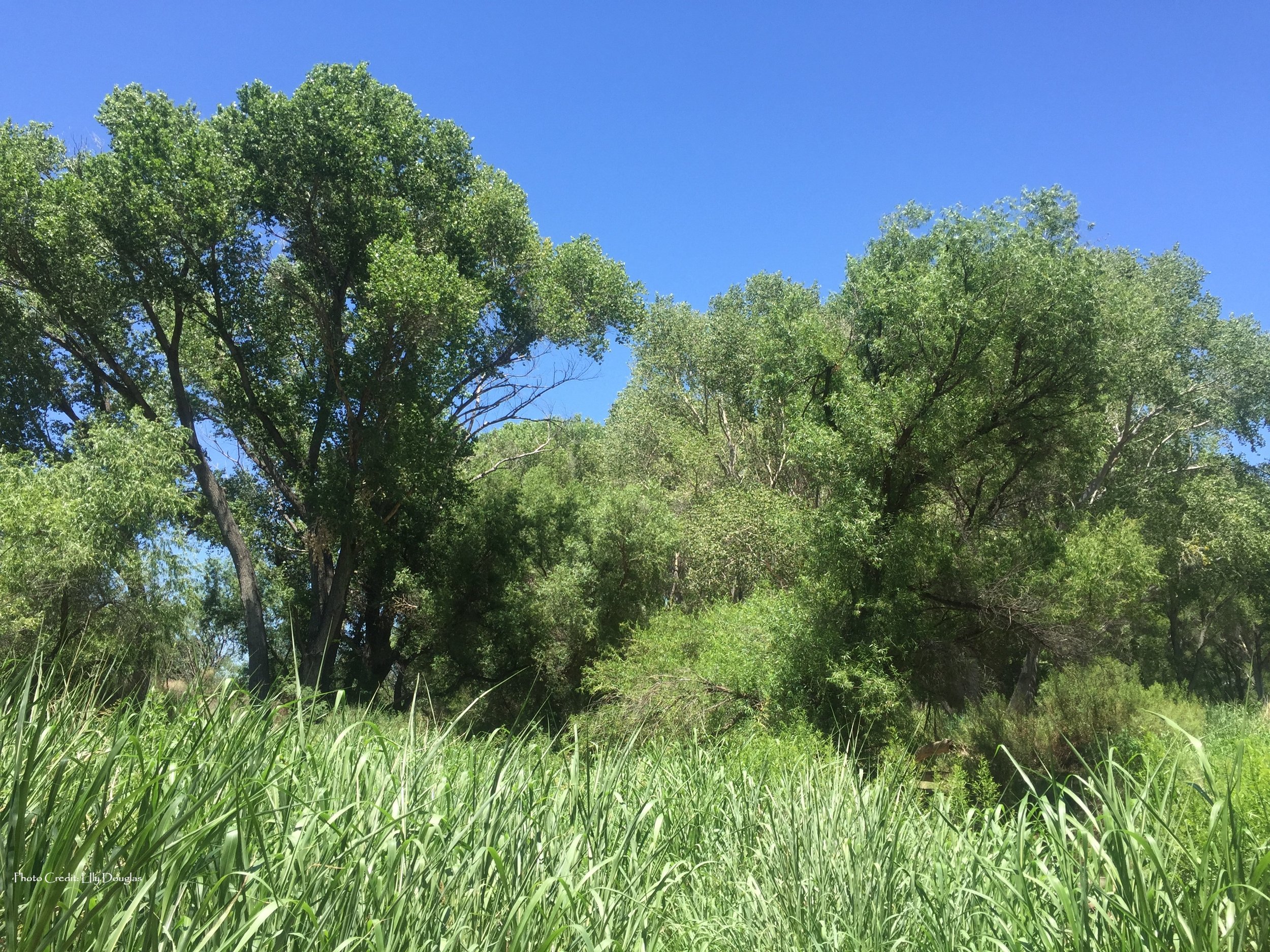

























































































































Yellow-billed Cuckoos are slender birds about 12 inches in length with long tails decorated underneath with bold white tips that appear as 6 large spots when birds are perched or in flight. The bright rufous color in the secondary wing feathers also is visible when perched or in flight. Despite the cuckoo’s name, the decurved bill is not completely yellow; it is black above (upper mandible) and yellow below (lower mandible) with a dark hooked tip. Females and males look similar, though females tend to be slightly larger.
Yellow-billed Cuckoos are quiet and secretive birds. When they vocalize, the most frequent call of the adult is the "kowlp" call, which can sound like "ku-ku-ku-ku-ku-kowlp-kowlp-kowlp."
Yellow-billed Cuckoos nesting usually occurs between late June and late July, but can begin as early as late May and can continue until late September. Males feed females during courtship. Nests consist of a loose platform of twigs, which are built by both sexes; however, cuckoos occasionally use nests of other species.
Yellow-billed Cuckoos lay 1-5 eggs, laying one egg every other day until the clutch is completed. Incubation begins when the first egg is laid. Young hatch asynchronously. This species has one of the shortest nest cycles of any bird – 17 days from incubation to fledgling. Young are dependent on adults for at least three weeks.
The Western Yellow-billed Cuckoo breeds primarily in riparian areas with a developed overstory and understory dominated by native vegetation such as cottonwood (Populus spp.) and willow (Salix spp.). However, the cuckoo also breeds in more arid habitats, especially in the US Southwest and Mexico.
The historical breeding range of the Yellow-billed Cuckoo in western North America extended from British Columbia south into northern Mexico. However, over the past 100 years, populations have been extirpated or undergone catastrophic declines and now three western states – Arizona, California, and New Mexico – appear to support the highest numbers of breeding Western Yellow-billed Cuckoos.
Western Yellow-billed Cuckoos are long-distance migrants, migrating south through Central America to winter for 5-6 months from Columbia and Venezuela south to northern Argentina. The cuckoo’s migration and wintering habitat needs are not well known. It appears that dry and transitional tropical forests are important habitats for overwintering cuckoos from both the western and eastern US, particularly those forests in the Gran Chaco region of Bolivia, Brazil, Brazil, Paraguay, and Argentina. Sadly, it has been reported that the Gran Chaco region has one of the highest deforestation rates globally.
In 2014, the western population of the Yellow-billed Cuckoo was federally listed by the US Fish and Wildlife Service as Threatened under the Endangered Species Act. The primary threat to the Western Yellow-billed Cuckoo is loss of its required habitats.
Some cool videos of Yellow-billed Cuckoos found on eBird.